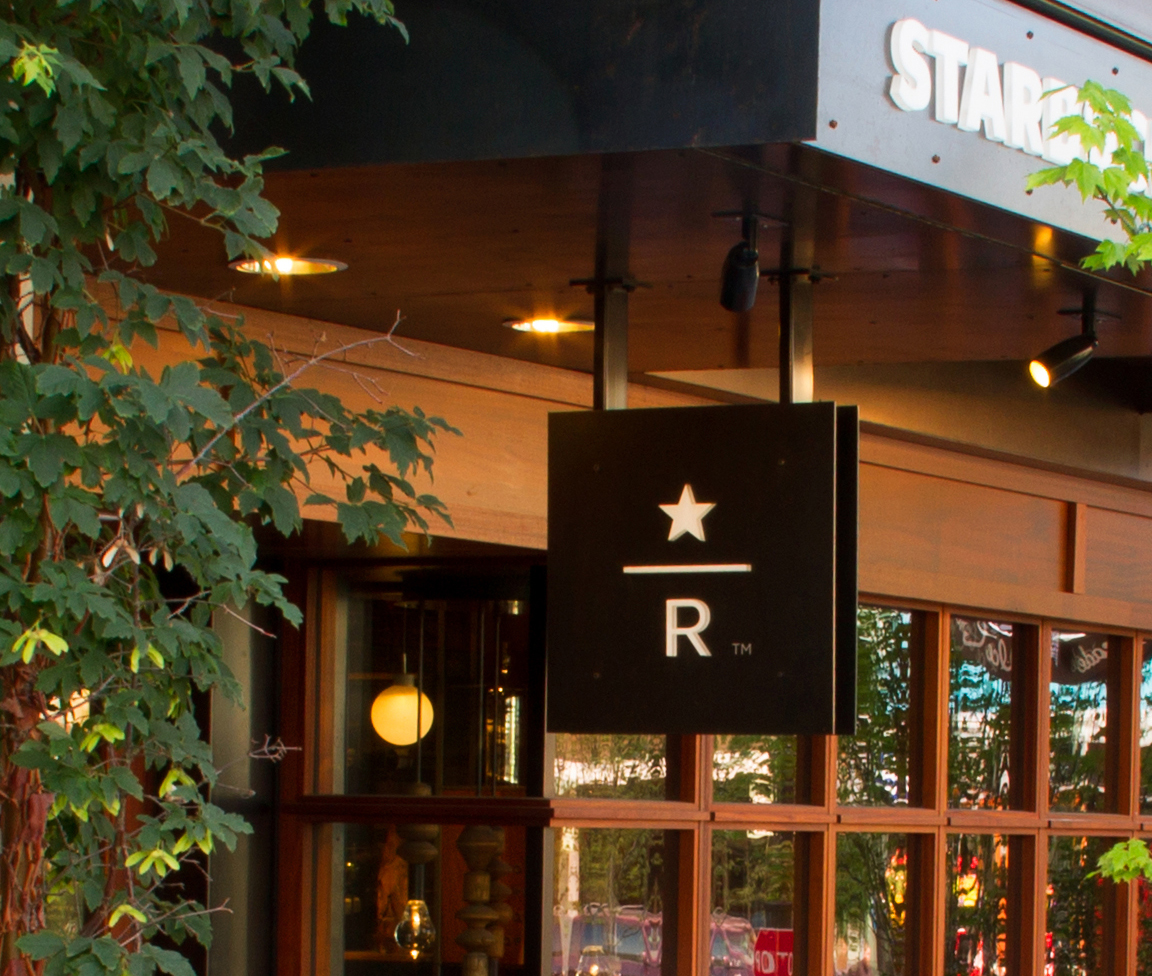Services
Starbucks Launches Super-Premium, Express Store Formats
Published:
Last Updated:

In addition to the expansion of the specialized Reserve stores, Starbucks also plans to invest in smaller, “alternative” store formats that it hopes will boost its sales in city-center locations. The company said in its release that 40% of its U.S., company-operated stores are drive-thru locations that have higher average sales growth than non-drive-thru stores. Starbucks believes this offers an opportunity “to meet commuting customers in smaller experiences.”
Starbucks noted that it opened its first Reserve store in Tokyo in 2011, and by the end of this year the company will have the stores in 21 countries. The new stores averaged more than $1.2 million in sales this year, and Starbucks claims a return on investment of about 50% above the best-in-class investment ratio of 2:1.
Coffee is apparently the new wine. Special blends and small-batch roasting are among the differentiators that small, local coffee stores turned to after Starbucks overwhelmed their businesses. Anything that can elevate the coffee-drinking experience and justify a higher price is a good thing for Starbucks.
READ ALSO: Keurig’s New Technology Can’t Keep Pirates at Bay
Its big competitors have almost no chance of following it into that space. Dunkin’ Brands Group Inc. (NASDAQ: DNKN) recently opened its first West Coast stores in California, but they look just like the stores long familiar to residents of the East Coast. Not exactly a “premium-priced” experience. McDonald’s Corp. (NYSE: MCD) is no threat at the high-end either.
What competition there is for Starbucks is from local roasting companies with big reputations, like Stumptown, which originated in Portland, Ore., and Blue Bottle, which started in Oakland, Calif. Both have since spread to New York and a few other places as well, but they are smaller than tiny compared with Starbucks.
These upscale stores sell roasted coffee beans at prices well north of $15 a pound, and Starbucks figures it will do the same thing. After all, that is how the chain got rolling back in the 1970s: find a neighborhood with a popular coffee store and open Starbucks store nearby. The coffee drinkers were already coming to the area, all Starbucks had to do was convince them to walk into the new store instead of the old one. Worked like a charm, and it is highly likely to work again.
The company plans to open about 1,550 net new stores this fiscal year and 1,600 in the 2015 fiscal year. A total of nearly 300 will be company-operated stores in the United States.
Starbucks’ stock closed up about 0.5% on Thursday night, at $77.16 in a 52-week range of $67.93 to $82.50.
ALSO READ: America’s Fastest Growing Retailers
Thank you for reading! Have some feedback for us?
Contact the 24/7 Wall St. editorial team.